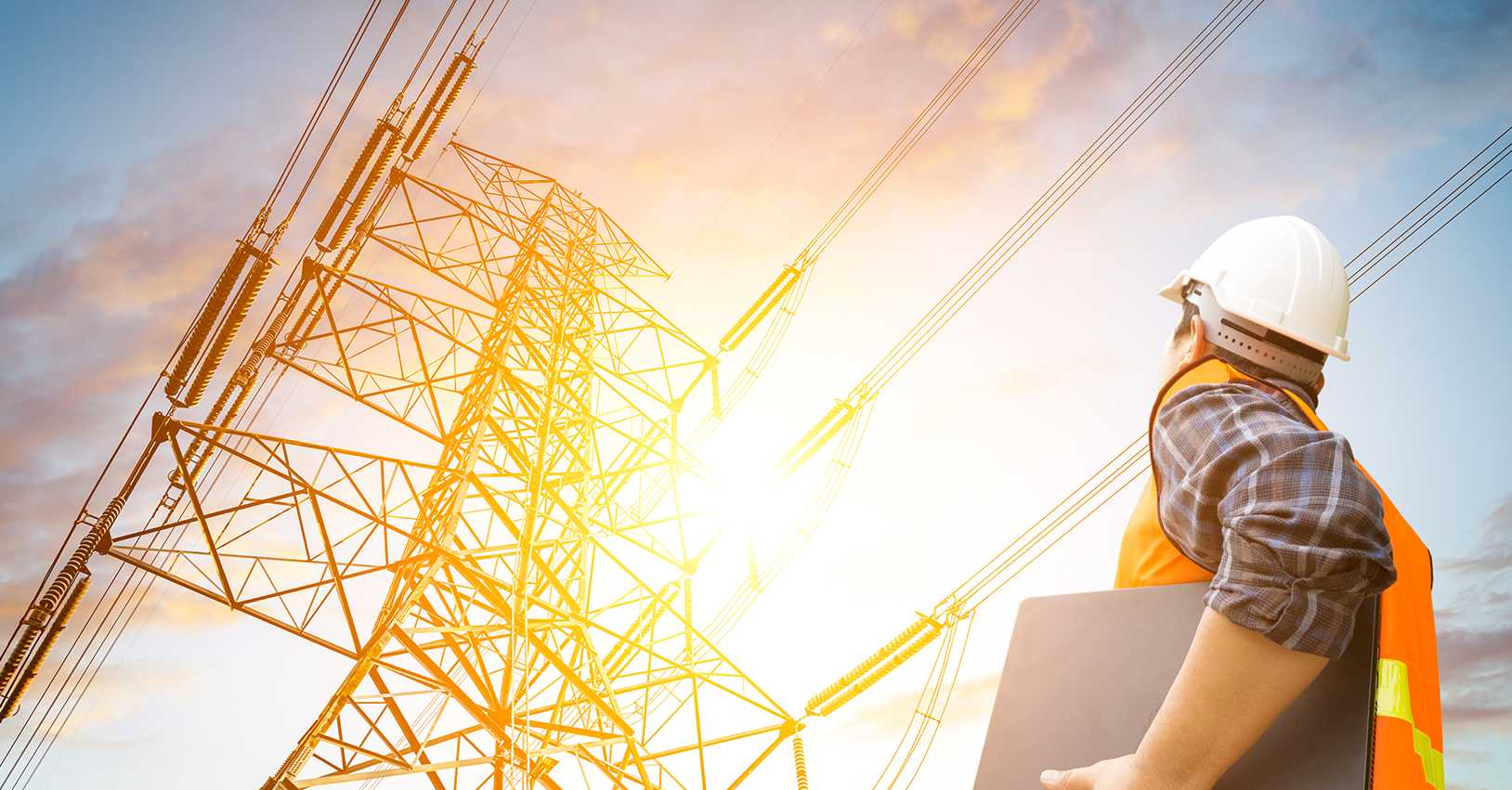


Home »
Reading Time: 4 minutes
The Energy and Utilities industry has long been known for its business stability, dependability, and predictability. However, in recent decades, organizations have been forced to transform the way energy is produced, delivered, and consumed across the value chain due to upheavals such as supply chain disruptions, changing customer expectations, and new regulatory frameworks. Organizations need to provide greater visibility, reduce operational costs, improve customer satisfaction, control maintenance issues, and optimize utility consumption. This can be achieved by leveraging digital transformation, decentralized networks, and analytical solutions. According to Emergen Research by 2028, the global energy and utilities analytics market is expected to be worth $6.55 billion.
Energy and utilities companies can acquire a competitive edge and position themselves as key actors in the digital transformation of future markets by utilizing enhanced capabilities to monitor distributed assets and complicated business operations via technologies such as IoT, advanced analytics, AI models, and blockchain.
Listed below are some of the top trending technologies that will help transform the Energy and Utilities industry in the coming years.
The future energy and utilities sector is being envisioned as a digitized, diverse ecosystem characterized by real-time advanced analytics. AI in energy and utilities is expected to reach $4.5 billion by 2026, growing at a CAGR of 32.75% from 2021 to 2026, according to a report. AI deployment is proving to be a true enabler, with numerous applications such as forecasting energy load, improving maintenance tasks, improving transformation and distribution processes, reducing downtime for predictive maintenance, and transforming the customer experience. Innover capitalizing on AI’s predictive analytical capabilities designed a elevator monitoring system for a North American based elevator manufacturer. The cloud based monitoring system powered by advanced analytics reduced downtime by 78% and improved service level agreement adherence by 33%.
In the energy and utilities sectors, digital twins are the virtual and real-time representations of physical grid assets. According to MarketsandMarkets, the digital twin market will be worth USD 73.5 billion by 2027, growing at a CAGR of 60.6%. Digital twin-enabled organizations can easily address challenges such as asset monitoring and management, project lifecycle management, unexpected changes in global economic conditions such as Covid-19, and equipment and reliability issues. Companies can use digital twin technology to visualize energy assets, monitor their status, and identify areas for troubleshooting and improvement. Siemens, a multinational organization, leveraged digital twin technology and developed software that helps businesses in the design process. For example, instead of creating a turbine guide blade from scratch, a twin blade shape can be created automatically by entering attributes and local parameters. These skills aided in the reduction of product cycles and the improvement of design accuracy.
Blockchain is a true disruptor in the energy and utilities industries, owing to its decentralized application, which aids in increasing operational efficiency, streamlining regulatory compliance, improving internal processes, and enabling a customer-centric approach. Furthermore, disintermediation and automatic settlement save providers costs while increasing oversight and governance. Blockchain in the energy and utilities industry is expected to reach USD 1,564 million by 2026, according to Fortune Business Insights. Blockchain technology enables the establishment of a decentralized energy supply system that is less expensive and more efficient than the traditional one. By connecting suppliers directly to energy consumers and providing a better customer experience.
Almost every modernization and digital transformation application are built on the Internet of Things. Integrating IoT in the energy and utilities industry opens up a world of possibilities ranging from supply chain management and resource optimization to smart metering, distributed microgrids, and advanced automation. According to market and market research, the global IoT market in the energy and utilities sector will reach USD 53.8 billion by 2024. Many organizations, like Enel, a multinational energy and gas distributor, have identified IoT as one of their primary areas of investment in the coming years.
Moving the energy and utilities industry towards a digitized future.
Energy and Utilities companies can reduce operating costs and increase efficiency by eliminating legacy systems and adopting a data-driven approach. AI, digital twins, blockchain, and IoT are enabling organizations to provide better services to their customers and design programs for growth. Innover’s data-driven digital solutions for energy and utilities service providers, support and harmonize distinct functions across the upstream, midstream, and downstream, maximizing operational efficiency and monetizing untapped opportunities.